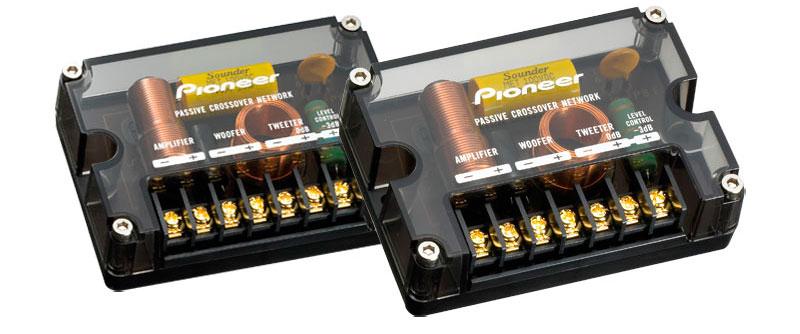
Why do we need crossovers in component acoustics?
Content
When installing a modern stereo system in a vehicle, the owner needs to choose the right crossover. It is not difficult to do this if you first familiarize yourself with what it is, what it is intended for, and as part of which speaker system it will work.
Purpose
⭐ ⭐ ⭐ ⭐ ⭐ Crossover is a special device in the structure of the speaker system, designed to prepare the required private range for each of the installed speakers. The latter are designed to operate within certain frequency ranges. The output of the frequency of the signal supplied to the speaker outside the range can lead, at a minimum, to distortion of the reproduced sound, for example:

- if too low a frequency is applied, the sound picture will be distorted;
- if too high a frequency is applied, the owner of the stereo system will face not only sound distortion, but also the failure of the tweeter (tweeter). He may simply not be able to withstand this mode of operation.
Under normal conditions, the task of a tweeter is to reproduce only high-frequency sound, low-frequency, respectively, low. The mid-range band is fed to the mid-woofer - a speaker responsible for the sound of mid-range frequencies.
Based on the foregoing, in order to reproduce car audio with high quality, it is necessary to select the appropriate frequency bands and apply them to specific speakers. To solve this problem, a crossover is used.
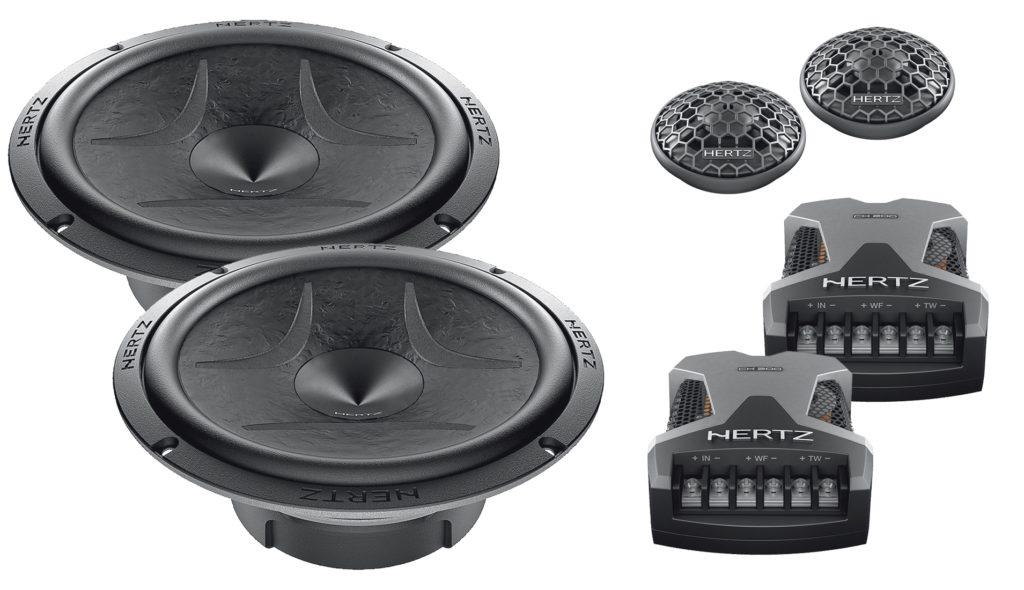
Crossover device
Structurally, the crossover includes a pair of frequency filters that work as follows: for example, if the crossover frequency is set to 1000 Hz, one of the filters will select frequencies below this indicator. And the second is to process only the frequency band that exceeds the specified mark. The filters have their own names: low-pass - for processing frequencies below a thousand hertz; hi-pass - for processing frequencies above a thousand hertz.
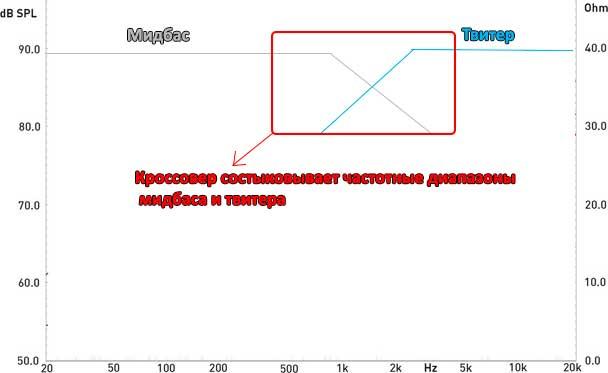
So, the principle by which a two-way crossover works was presented above. There are also three-way products on the market. The main difference, as the name implies, is the third filter that processes the middle frequency band, from six hundred to five thousand hertz.
In fact, increasing the sound band filtering channels, and then feeding them to the appropriate speakers, leads to better and more natural sound reproduction inside the car.
Technical features
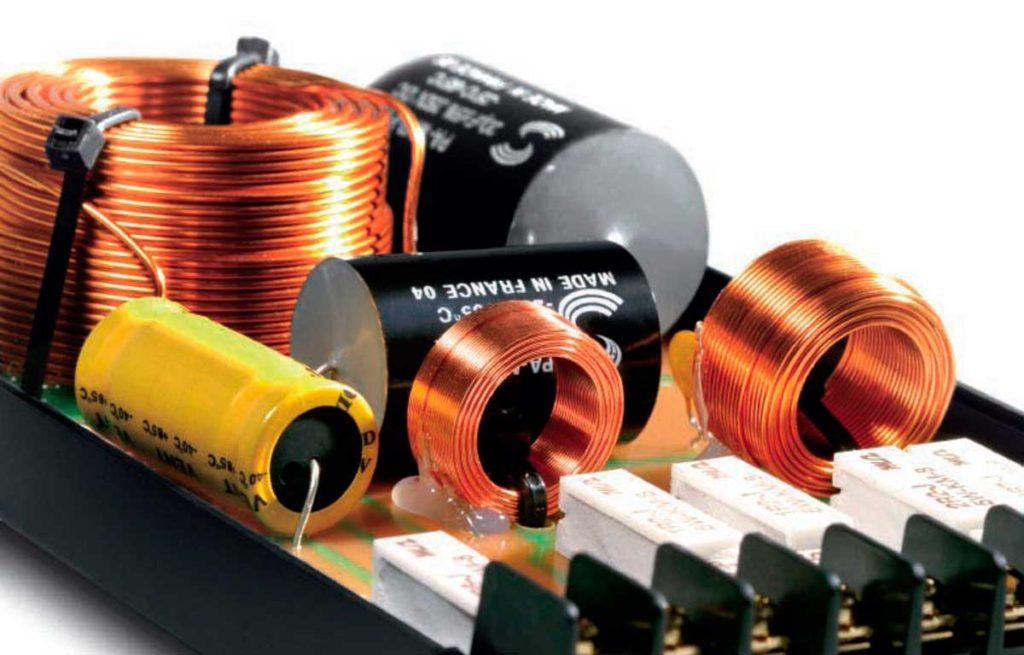
Most modern crossovers contain inductors and capacitors. Depending on the quantity and quality of manufacture of these reactive elements, the cost of the finished product is determined. Why do bandpass crossovers include coils and capacitors? The reason is that these are the simplest reactive elements. They process different frequencies of the audio signal without much difficulty.
Capacitors can isolate and process high frequencies, while coils are needed to control low frequencies. Properly using these properties, as a result, you can get the simplest frequency filter. It makes no sense to delve into the complex laws of physics and give formulas as an example. Anyone who wants to get acquainted with the theoretical foundations in more detail can easily find information in textbooks or on the Internet. It is enough for profile specialists to refresh in memory the principle of operation of LC-CL type networks.
The number of reactive elements affects the crossover capacity. The number 1 denotes one element, 2 - respectively, two. Depending on the number and connection scheme of the elements, the system performs filtering of inappropriate frequencies for a particular channel in different ways.
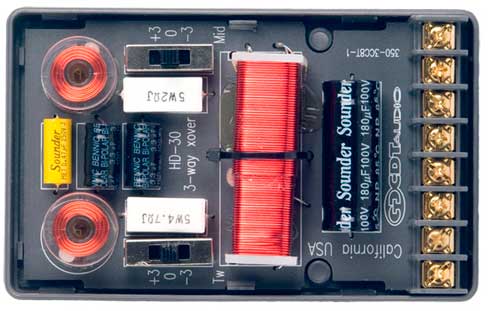
It makes sense to assume that more reactive elements applied makes the filtration process better. The unwanted frequency filtering scheme for a particular channel has its own characteristic called roll-off slope.
Filters have the inherent property of cutting off unwanted frequencies gradually, not instantly.
It's called sensitivity. Depending on this indicator, products are divided into four categories:
- first order models;
- second-order models;
- third order models;
- fourth order models.
Differences between active and passive crossovers
Let's start the comparison with a passive crossover. It is known from practice that the passive crossover is the most common and most common variety on the market. Based on the name, you can understand that passive ones do not require additional power. Accordingly, it is easier and faster for the vehicle owner to install the equipment in his car. But, unfortunately, speed does not always guarantee quality.

Due to the passive principle of the circuit, the system needs to take some of the energy from the filter to ensure its operation. In this case, reactive elements tend to change the phase shift. Of course, this is not the most serious drawback, but the owner will not be able to fine-tune the frequencies.

Active crossovers allow you to get rid of this drawback. The fact is that, although they are much more complicated than passive ones, the audio stream is filtered much better in them. Due to the presence of not only coils and capacitors, but also additional semiconductor elements, the developers managed to significantly reduce the size of the device.
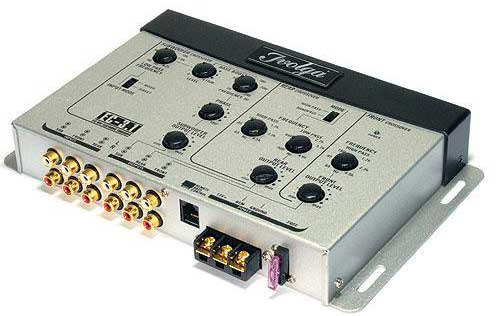
They are rarely found as separate equipment, but in any car amplifier, as an integral part, there is an active filter. Due to the passive principle of the circuit, the system needs to take some of the energy from the filter to ensure its operation. In this case, reactive elements tend to change the phase shift. Of course, this is not the most serious drawback, but the owner will not be able to fine-tune the frequencies.
Active crossovers allow you to get rid of this drawback. The fact is that, although they are much more complicated than passive ones, the audio stream is filtered much better in them. Due to the presence of not only coils and capacitors, but also additional semiconductor elements, the developers managed to significantly reduce the size of the device.
They are rarely found as separate equipment, but in any car amplifier, as an integral part, there is an active filter.
We also suggest that you familiarize yourself with the accompanying topic “How to connect and install Twitter correctly”.
Setting Features
In order to get high-quality car audio as a result, you need to choose the right cutoff frequency. When using an active three-way crossover, two cutoff frequencies must be specified. The first point will mark the line between low and medium frequency, the second - the border between medium and high. Before connecting the crossover, the owner of the car must always remember that it is necessary to correctly select the frequency characteristics of the speaker.
In no case should they be fed frequencies at which they simply cannot work normally. Otherwise, it will lead not only to a deterioration in sound quality, but also to a decrease in the service life.
Passive crossover wiring diagram

Video: What is an audio crossover for?
Conclusion
We have put a lot of effort into creating this article, trying to write it in a simple and understandable language. But it is up to you to decide if we did it or not. If you still have questions, create a topic on the "Forum", we and our friendly community will discuss all the details and find the best answer to it.
And finally, do you want to help the project? Subscribe to our Facebook community.